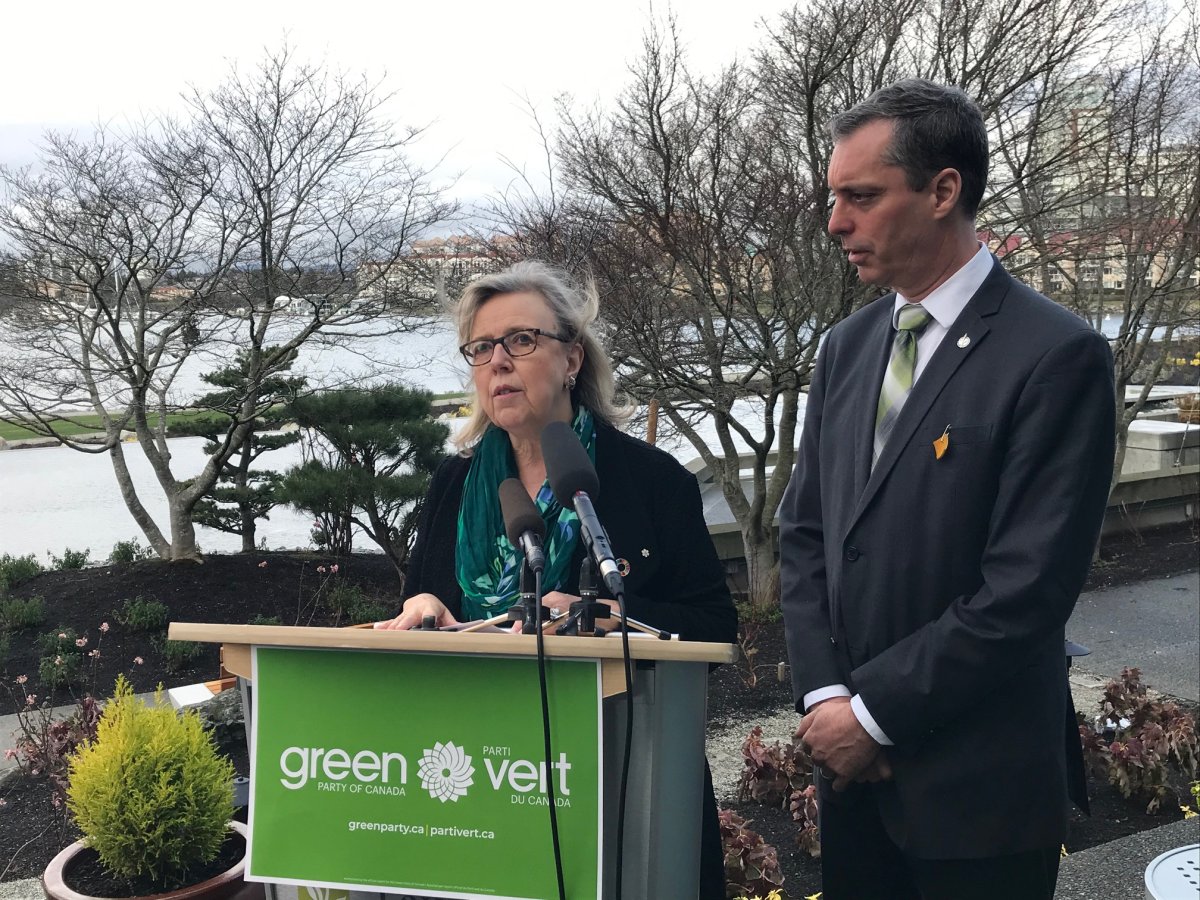Former federal Green leader Elizabeth May says Premier John Horgan should meet face-to-face with the Wet’suwet’en hereditary chiefs.

The comments come a day after Horgan turned down a meeting and arranged to have Indigenous Relations Minister Scott Fraser travel to Smithers to meet with the chiefs. The Wet’suwet’en chiefs are opposed to the Coastal GasLink project to build a $6.6-billion pipeline to Kitimat.
“All due respect to premier Horgan, separate levels of government, but he should be meeting with the Wet’suwet’en chiefs,” May said.
“What we are looking at in this project is an afront to Indigenous rights in the constitution.”
Premier Horgan is wrapping up a trip in northern and central British Columbia on Tuesday. He had previously booked commitments preventing him from meeting with Chief Na’Moks and the other hereditary chiefs.
WATCH: Premier visits northern B.C. during pipeline battle

Horgan received an invitation on Jan. 15 to meet with Chief Na’moks. Staff from the premier’s office immediately reached out to attempt to schedule a phone call as a first step.
Horgan says the tour focused on an invitation to watch the Winter Classic hockey game in Fort St. James and the tour was built around that visit.

Get breaking National news
The premier spent a full day in 2019 with Wet’suwet’en leadership. The premier’s office says it was a carefully planned meeting with months in preparation.
“The Wet’suwet’en and Smithers was never part of the tour,” Horgan said. “To suggest I and my government have been unavailable is not the case.”
Green Party MP Paul Manly visited Wet’suwet’en territory over the weekend.
Manly says the federal government should recall the RCMP detachment sent into Wet’suwet’en territory last year.
“The fact that the RCMP have been sent in shows that this is a political failure on the part of the provincial and federal governments,” Manly said.
“The Wet’suwet’en hereditary chiefs provided alternative routes to Coastal GasLink that would have been acceptable to them as a pipeline corridor.
“Coastal GasLink decided that it did not want to take those acceptable options and instead insisted on a route that drives the pipeline through ecologically pristine and culturally important areas.”








Comments